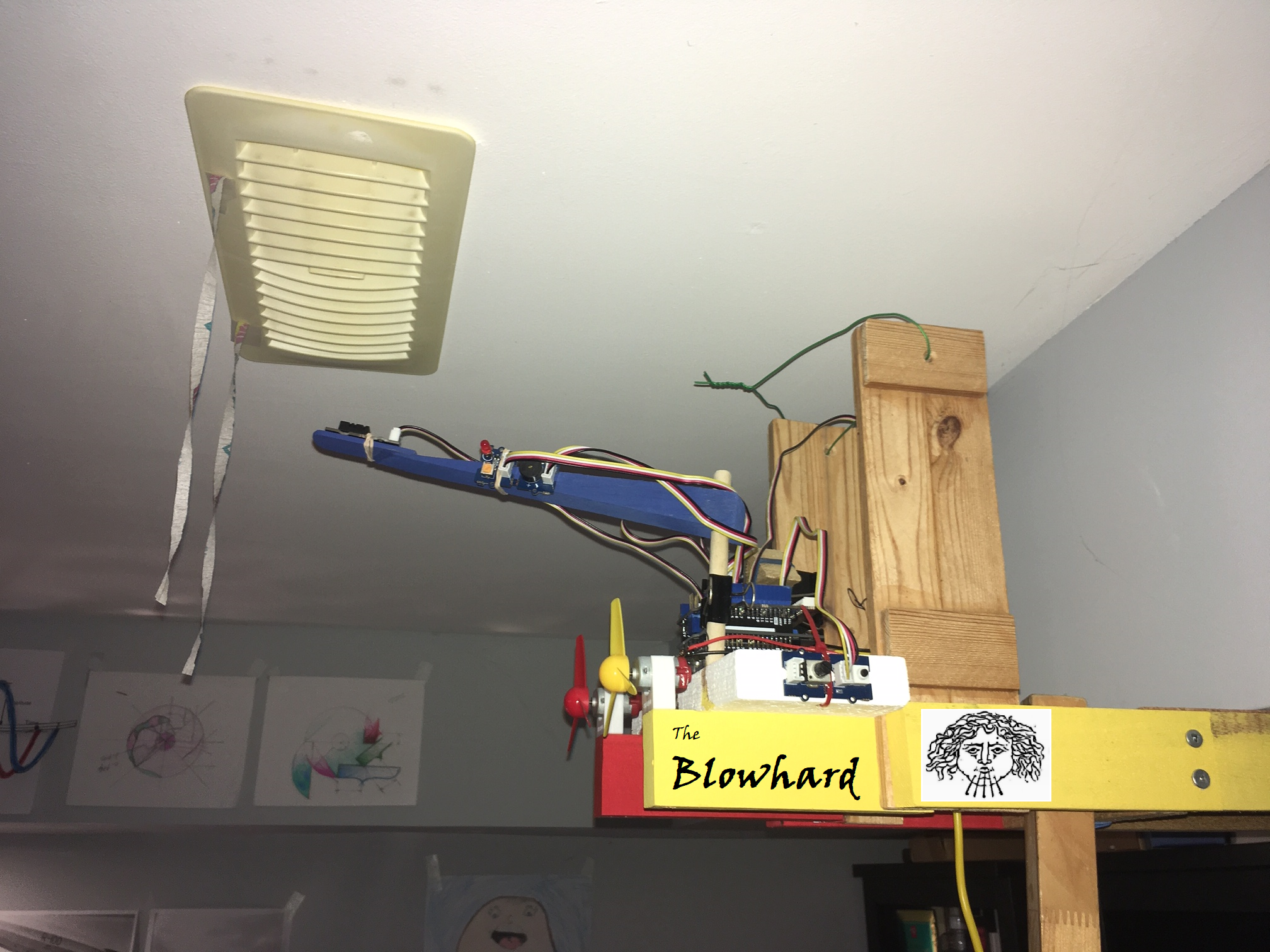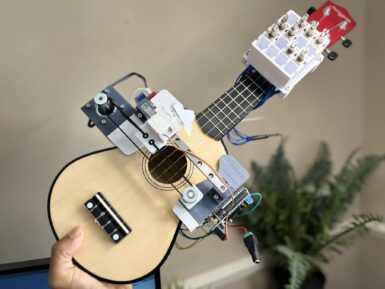
Overview
Based on the ESP8266 Wi-Fi transceiver module and the CH340 USB converter chip, this compact (Open Source) development and prototyping board is ideal for IoT applications.
The Wi-Fi module is compatible with the 802.11 b/g/n standard at 2.4 GHz, has an integrated TCP/IP stack, 19.5 dBm output power, data interface (UART / HSPI / I2C / I2S / Ir Remote Control GPIO / PWM) and PCB antenna.
It also has a micro USB connector and reset button. Programmable with Arduino IDE, it includes interpreters for processing commands for languages such as LUA.
Tech specs
- Model: ESP8266-12E
- Wireless Standard: 802.11 b/g/n
- Frequency range: 2.4 GHz - 2.5 GHz (2400M-2483.5M)
- Wi-Fi mode: Station / SoftAP / SoftAP+station
- Stack: Integrated TCP/IP
- Output power: 19.5dBm in 802.11b mode
- Data interface: UART / HSPI / I2C / I2S / Ir
- Remote Control GPIO / PWM
- Supports protection mode: WPA / WPA2
- Encryption: WEP / TKIP / AES
- Power supply: from 4.5 VDC to 9 VDC (VIN) or via micro USB connector
- Consumption: with continuous Wi-Fi transmission about 70 mA (200 mA MAX) - in standby < 200µA
- Operating temperature: from -40°C to +125°C
- Dimensions (mm): 58×31.20×13
- Weight: 10 grams
Conformities
Get Inspired

Rate-of-Rise triggered axial fan blowers to improve warm air circulation in a room with one HVAC inlet vent

The ukulele has a bit of a reputation for being quaint, but it is a legitimate instrument like any other and that means it takes a lot of practice to play competently. Zeroshot is too busy building cool stuff to bother with all of that, so he put his skills to use constructing this robotic ukulele that plays itself. Like a guitarist, a ukulelist can play a note by strumming multiple strings at once or by picking individual strings. More exotic techniques are also possible, but uncommon and outside the scope of this project. The key to Zeroshot’s design is the mechanism that can both pick and strum. It does so by using two actuators: a servo motor to lift and drop the pick, and a stepper to slide the pick back and forth perpendicular to the strings. An Arduino UNO Rev3 board controls those motors through a HiLetgo L293D motor shield, with a TMC2208 driver module for the stepper. The Arduino can lower the pick and strum it across all of the strings, or it can move to a specific string and pluck just that one. But it would be limited to only a handful of songs if it could only play open strings, so Zeroshot also needed to add hardware to hold the strings down on the fretboard. He chose solenoids for that job, held in a 3D-printed mount. With power coming from the motor shield, the Arduino can extend the solenoids to play any required notes. Zeroshot designed the mount to accommodate up to 16 solenoids, for the first four frets across the four strings. When including open strings, that would give the robot up to 20 notes to work with. But a lot of songs only require a handful of solenoids, as Zeroshot demonstrated by performing Celine Dion’s “My Heart Will Go On.”






